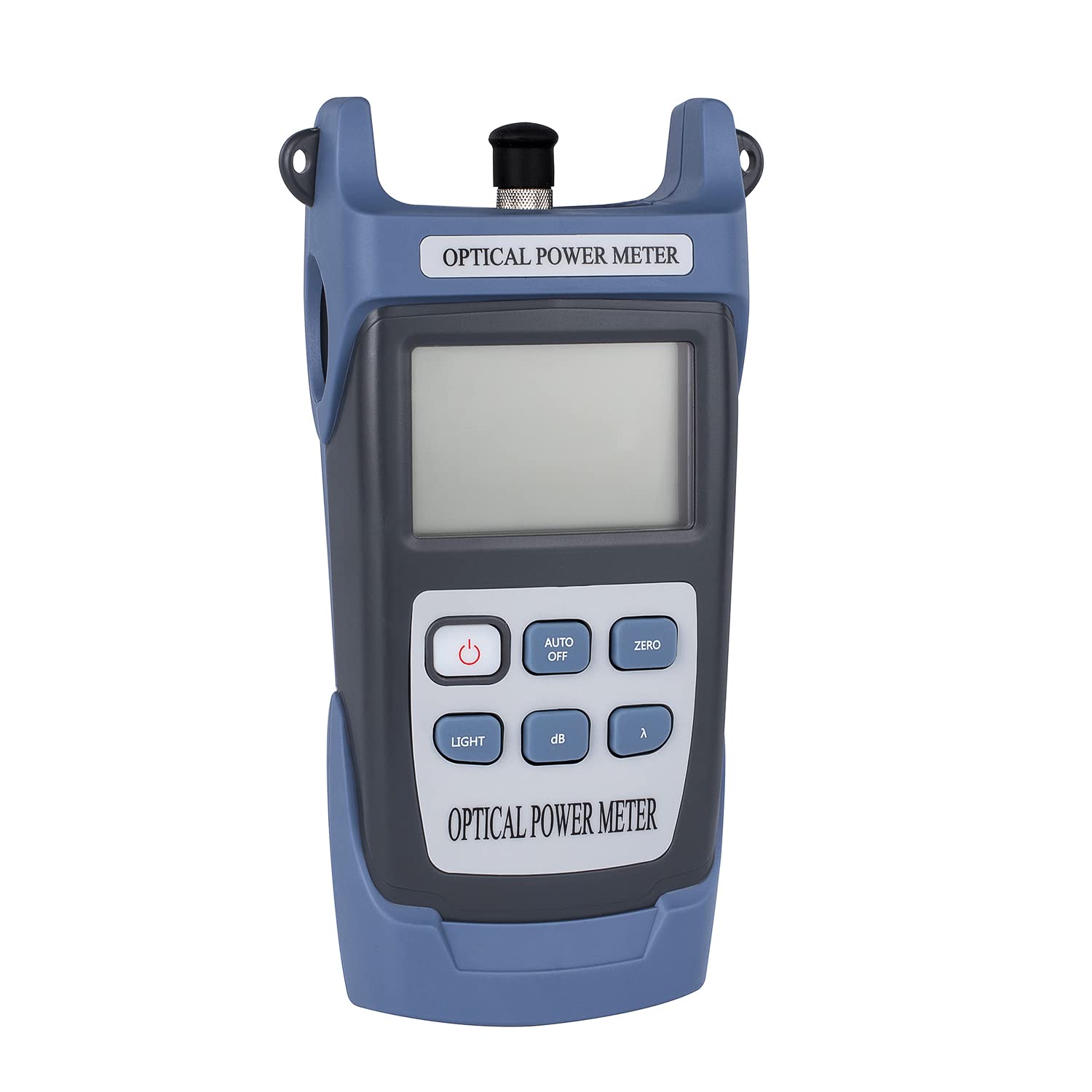Introduction:
In the realm of optical communications, accurate measurement and monitoring of optical power levels is crucial for ensuring reliable and efficient transmission. Optical power meters play a vital role in this process by providing precise measurements of optical power for various applications. This article aims to provide an overview of optical power meters, their functionality, and their significance in the field of optical communications.
Overview:
An optical power meter is a device used to measure the power of an optical signal. It is commonly employed in fiber optic networks, telecommunication systems, and optical testing laboratories. The primary purpose of an optical power meter is to determine the output power of a light source or the received power of a signal at a specific point in the optical network.
Features and Functionality:
Optical power meters are equipped with a photodiode or a photodetector, which converts the optical signal into an electrical signal for measurement. The device then displays the power level in units of decibels (dBm) or watts (W) on a digital or analog scale.
Some key features of optical power meters include:
1. Power Range: Optical power meters have a wide dynamic range, allowing them to measure a broad range of power levels accurately. The range typically varies from a few nanowatts (-70 dBm) to several watts (10 dBm).
2. Wavelength Range: Optical power meters can measure power levels across a specific wavelength range, typically spanning from the visible to the infrared spectrum. The range depends on the design and specifications of the power meter.
3. Calibration: To ensure accuracy, optical power meters require periodic calibration using calibrated light sources. This process helps maintain the precision and reliability of the power meter over time.
4. Connectivity: Modern optical power meters often feature a range of connectors, such as FC, SC, ST, or LC, to accommodate different optical interface types commonly used in fiber optic networks.
Applications:
Optical power meters find extensive applications across various industries involved in optical communications and testing. Some notable applications include:
1. Network Installation and Maintenance: Optical power meters are used during the installation and maintenance of fiber optic networks to verify signal levels, troubleshoot issues, and ensure the proper functioning of the network.
2. Optical Component Testing: In laboratories and manufacturing facilities, optical power meters are employed to characterize the performance of optical components such as lasers, amplifiers, connectors, and attenuators.
3. Quality Assurance: Optical power meters play a critical role in ensuring the quality and reliability of optical systems. They help verify that the power levels within the network adhere to specified standards and regulations.
Conclusion:
Optical power meters serve as indispensable tools in optical communications, enabling accurate measurements of optical power levels. Their versatility, wide dynamic range, and application in diverse scenarios make them indispensable for network installation, maintenance, and quality assurance processes. As optical networks continue to evolve and expand, optical power meters will remain essential for ensuring efficient and reliable communication.

